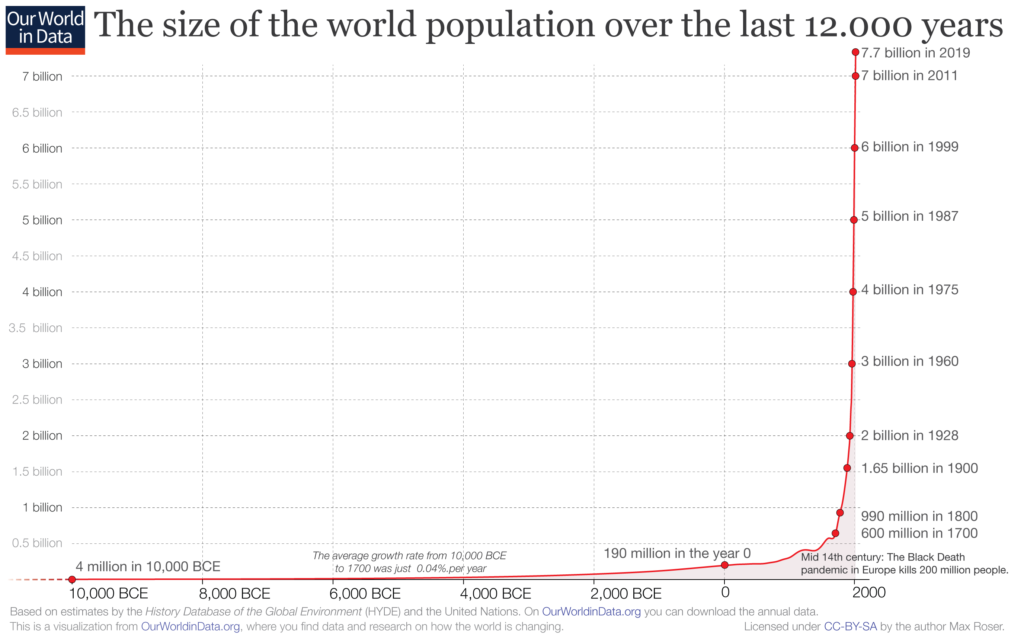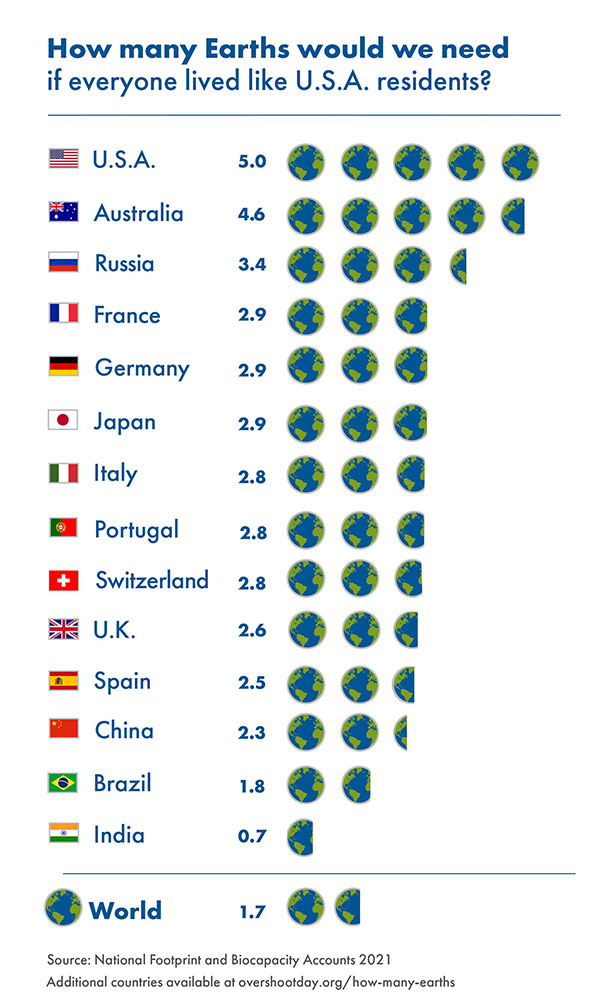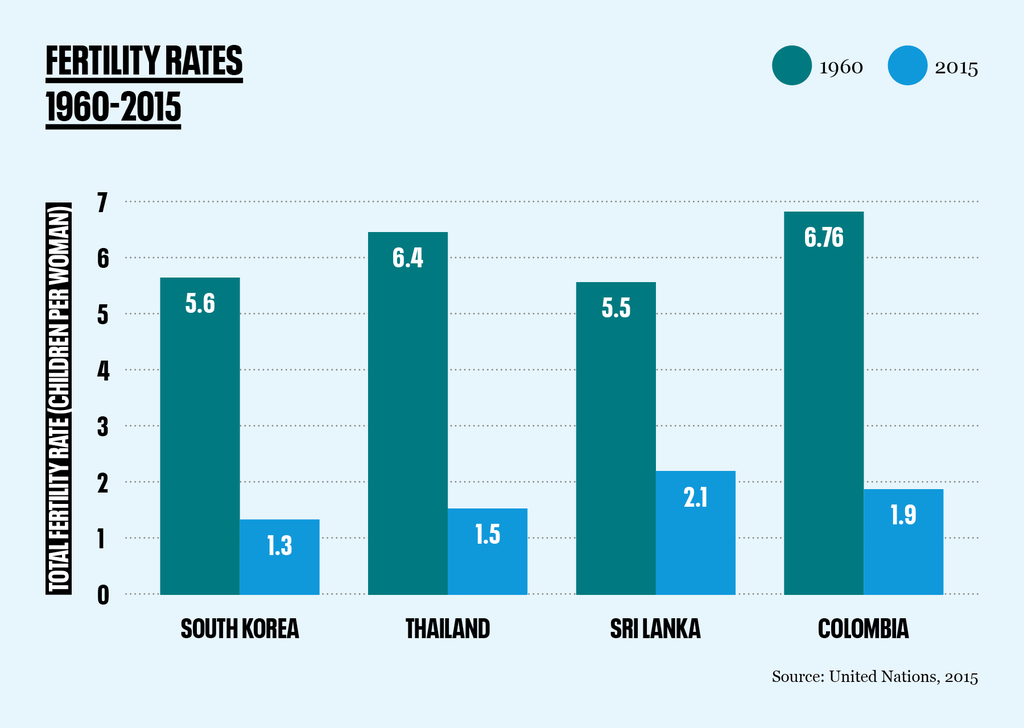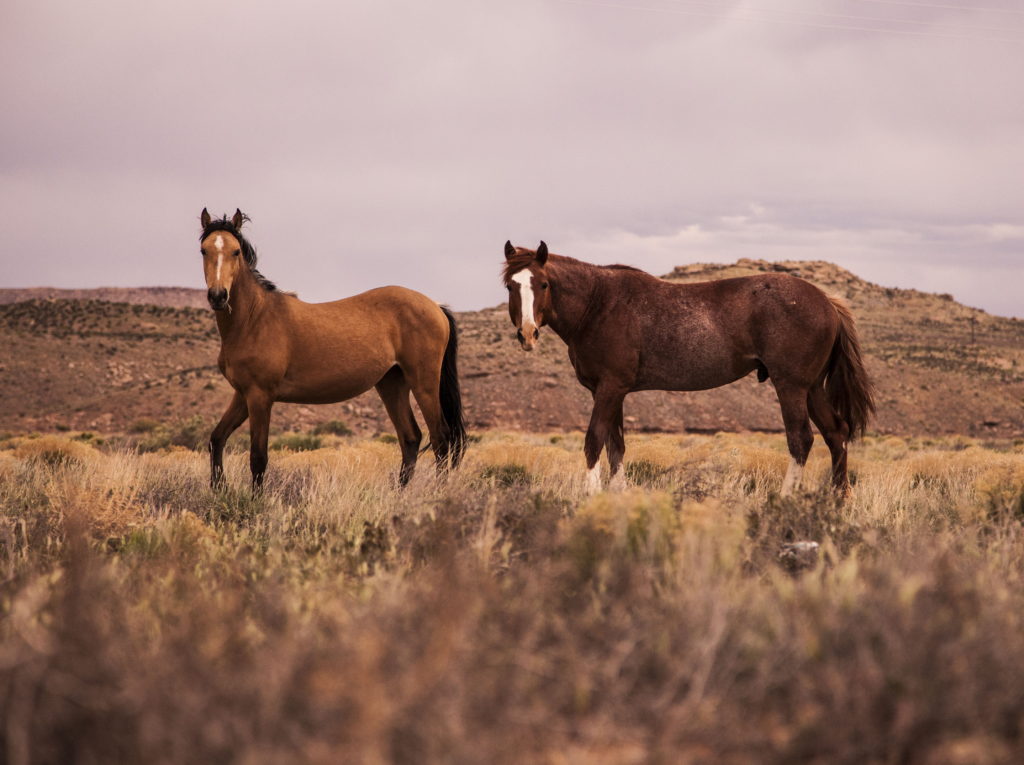Princes Street Primary School Grade 5-6 Red

Our Questions
Thank you for this very hard and important question. I realise that lots of children and adults currently feel worried or anxious about climate change and are concerned about how it will affect their future. If you feel like this, it doesn’t mean there is anything wrong with you. Actually, it means that you are a good, moral person who is interested in the world around you and someone who cares about your planet, your family and your friends.
There are lots of people who feel the same as you all around the world, and many people are working together to do the best they can to take action on climate change. Through the Curious Climate project, you might also meet some cool adults and scientists who can support your school if you or your friends would like to get involved in protecting the environment or climate action.
I don’t believe there will be a moment any time in the near future when large groups of people suddenly start dying of climate change. Climate change will affect different parts of the world in different ways, and at different times. In some places, weather events such as fires and floods, and hotter summers and colder winters will become more frequent, and this does put people at risk of injury and disease. For example, if you live in a fire prone area where your grandparents were evacuated once or twice in their lives, a family living in the same area today might experience evacuations more frequently. Similarly, heatwaves are dangerous for certain people in the community such as old people. If we have a very hot day and people who are sick or old don’t drink enough water or can’t keep their house cool, they are more at risk of having to go to hospital or dying. This already happens to some people every year in hot parts of the world. The health risks of living in hot weather will become more serious for vulnerable people if we have more very hot days within a year.
If a community does experience an event that is likely to be connected to climate change (e.g a bushfire) there are lots of things communities can do to heal themselves and recover. After the 2013 bushfire in Dunalley, the community came together quickly to rebuild the school so that the kids could be with their teachers and friends. In Australia, we have lots of good resources and lessons from past disasters to help us live through hard and difficult times. Together as a community we can learn how to adapt to living with the health threats of climate change. Even when serious disasters happen and some people are hurt or killed, we know that over time people in the community can heal and go on to live full and joyful lives.
In the last 2,000 years the human population has increased by 7,510,000,000 (more than seven and a half billion) with the last 100 years (since 1900) seeing an increase of more than six billion people (Figure 1). Rates are starting to slow, but there will still be more than a billion more people in the next decade. Earth systems have limits, many of which are already being stressed due in no small part to an increasing global population. However, increasing population is only one part of the puzzle, we also need to look at consumption.

The size of the world population over the last 12,000 years. Source: Our World in Data.
One way to think about consumption is to consider what you ate today, how often you travelled in a car, and how much stuff you bought. Monitor that every day for an entire year, add it all up, and you get your personal rate of consumption. If you do that for everyone in Australia and divide it by the country’s population, we can get an average consumption rate, also called consumption per capita. Now here is where things get tricky. If all 7.7 billion people on the planet consumed resources at the same rate as Australia, we would need almost five Earths worth of resources. Fortunately, not every country consumes as much as we do, but most countries consume far above the planetary limits, despite all our advances in agriculture, new energy saving technologies, and changes in lifestyles. And collectively, the whole world is already consuming 1.7 Earths, which would only get worse with more people on the planet.

So with the global population still increasing and our consumption rates being wholly unsustainable, what can we do? China, in an attempt to reduce its population, implemented the One Child Policy from 1979-2015, which, while reducing the population, has resulted in a lot of unintended consequences that will cause serious problems in the coming years. Alternatively, countries like Japan, New Zealand, and other high-income countries are having fewer children born every year. But that transition can take a long time and usually requires increasing rates of consumption before getting there. One of the most successful ways to reduce populations is investing resources into female empowerment and pro-active family planning. For example, South Korea saw a major drop in the number of children being born between 1960 and 2015, due in large part to improved women’s rights. While those investments are the most ethical way to reduce the Earth’s population, we need to spend even more time working on ways to reduce our massive consumption rates.

The answer to this question is not straightforward as the emissions from a school (or any other organisation) depend on the size, location, and resource use for each school, among other factors. For example, a small school is likely to have lower emissions than a large one, but a large school that produces its own electricity via solar panels would likely have lower emissions than a small school using electricity from the grid.
When calculating a carbon footprint (the amount of greenhouse gas emissions released by an organisation or individual), it is important to include both direct and indirect emissions. For example, driving a car produces direct emissions from the use of fuel by the car, while using a computer produces indirect emissions from the use of electricity generated at a coal-fuelled power station. Similarly, a piece of paper has associated indirect emissions from the production and transport of the product.
More and more organisations, including schools, are measuring their emissions and developing plans to reduce these emissions. To provide an idea of the magnitude of emissions for a school, Corinda State High School in Queensland reported 1,075 tonnes of carbon dioxide equivalent(CO2-e) for 2020 in their Public Disclosure Statement for their carbon neutral certification by the Commonwealth Climate Active Carbon Neutral Standard. This is the equivalent of driving 488 fossil fuel burning cars for a year.
Carbon dioxide equivalent is a measure used to compare the emissions from various greenhouse gases by converting amounts of other gases to the equivalent amount of carbon dioxide. For example, the global warming potential of methane (a greenhouse gas released by cattle or decomposing waste in landfills) is 25 times higher than carbon dioxide, therefore 1 tonne of methane would equal 25 tonnes of CO2-e.
I have been asked a lot about how climate change works – what is it, how does it happen, and what happens to the Earth with global warming. To answer this I’ll start by talking about the difference between weather and climate. As I’m sure you know, weather is the changes in temperature, rainfall and wind that we see outside from day to day, while climate refers the usual weather of a place. Tasmania has a cool temperate climate overall, but the west coast has a wetter climate than the east coast, and the central regions have a cooler climate than the coast. The Earth also has a climate; Earth’s climate is what you get when you combine all the climates from around the world together.
Climate change is a change in the usual weather of a place. While the weather can change in just a few hours (as it often does in Tassie!), climate change occurs over many years. And in fact the Earth’s climate has always been changing. As I’m sure you know, there have been times in the past when the Earth was much hotter than it is today, and also times when it has been much cooler. But an important difference with climate change caused by human activities is that the change is occurring much, much faster than we have ever seen before.
There are lots of different things that can cause climate to change – volcanic eruptions, changes in the world’s oceans, and changes in the activity of our sun. Climate change caused by humans is due to the gases we release into the atmosphere – particularly carbon dioxide from burning fossil fuels, but also methane and other gases. These gases cause a green-house effect which traps more of the sun’s energy in Earth’s atmosphere and so warms the planet. This warming also causes changes in other features of our climate such as rainfall.
Earth's temperature will keep going up for at least the next 100 years. This will cause more snow and ice to melt and sea levels to rise. Some places will get more rain and others will get less rain. There will be more heatwaves and some places might have stronger storms. The sooner we can stop emitting greenhouse gases and implement solutions to take excess carbon dioxide out of the atmosphere, the better chance we have of minimising the impacts of climate change on our Earth.
What an interesting question! As a mode of transport, compared to cars, horses definitely produce fewer emissions and so are better for the environment!
But if we had a horse for every family to use to travel around in that might not be good for the environment, because of the increased need for land to grow their food and it would not be helpful to clear land to grow grass for horses.

Horses burp methane just like cows and sheep so from that perspective horses aren’t so good for the environment. But horse manure can be used to produce energy! So horses are good for the environment in some ways and not so good in other ways.













